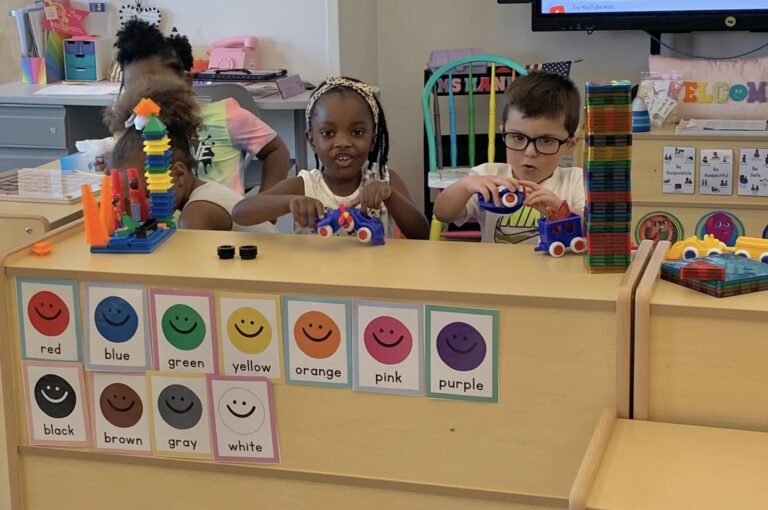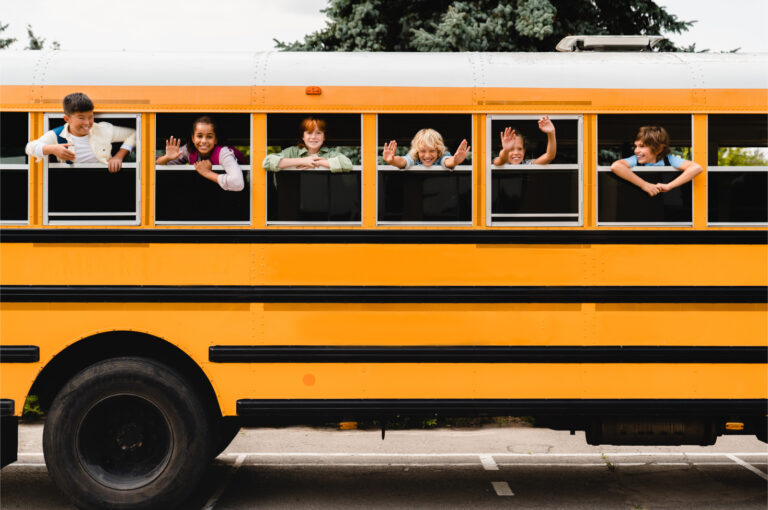Building Connections for Student Success: Creating a Mentoring Program for Middle School Students
A new perspective on what students need to be successfulMarch 13th, 2020 will be a day I will always remember. Much like 9/11 or when the Challenger fell to Earth, it stands in my memory like a beacon, a marker that changed everything. I walked out of my classroom, not knowing that I wouldn’t see it again for six months and that everything would be so different when I returned. Two years later, I reflect on all that I personally and professionally have gone through and, most importantly, how much education has changed in these two years.Students missed out academically during the last two years and missed out on important emotional, social, and behavioral lessons that should have been learned. To be successful at teaching our students academically, we must first help them grow in these other equally important areas. On their return to full-time in-person school, students felt disconnected from other students and adults. Students seemed to have forgotten how to interact with each other and adults appropriately, leading to higher discipline rates. I saw a higher number of students with extreme social anxiety, and many struggled academically.My students were physically in class, but they weren’t ready to learn. We’ve heard many times that students have to Maslow before they can Bloom. It’s true. Students cannot learn successfully if they have emotional, behavioral, or social deficits. In order to achieve academic success, our students are capable of achieving we must find a way to seamlessly integrate social and emotional learning into the school day. The most effective way of meeting our students’ academic and social/emotional needs is through a well-developed and formalized mentoring program. We have done this at my school by developing a homeroom class at the beginning of each day called “mentoring.” Students meet with their mentoring teacher weekly to set academic short and long-term goals. We also have two counselors for our school that students can complete an online form if they need to meet with them.To even better meet the needs of our students this year, we have expanded our use of mentorship, provided training for our teachers, and have used data-driven methods to provide targeted instruction for students in social skills. When surveyed, students and teachers both found a benefit to the traditional mentoring model of a mentoring class but felt that it did not serve the needs of all students as well as it could. Teachers surveyed felt that many students would benefit significantly from having an individual mentor, and most students replied that they would want to have an individual mentor if they could. They frequently stated that they would like to have someone to go to if they had a problem or needed help. As a result, we implemented a three-tiered mentoring system.As part of the first tier of mentoring, in addition to having a mentoring teacher, all students took the Terrace Metrics to provide detailed data on our students’ social-emotional needs. From here, our counselors determined which students needed individual services and what overall needs our students had as a whole. Based on the metrics data and teacher/parent/student recommendations, we gave students access to a mentoring level that meets their needs. Every student now had access to a caring adult who was there for them when needed at the level each student needed. All students had a daily mentoring teacher they met with each morning. A team of teachers helped some students, and others were assigned an individual mentor they could meet with daily.During these meetings, they would discuss academic goals and strategies. Yet, much of the time would be spent building a relationship with the student: Asking them about their day, how they were feeling, and issues in and outside of school that the student would like to talk about. These conversations provided a safe space for students to voice their concerns and problems and an opportunity for the teachers to provide resources for how a student could work through the problem. Students had access to an adult who cared about them, someone they could rely on, and a safe outlet free from criticism and negativity. Students that had an individual mentor generally saw increased academic success. They often had fewer behavioral issues and enjoyed having someone to go to when needed.Many obstacles go along with the success of having a mentoring program, but the foremost issue is getting buy-in from all educational stakeholders. Teachers are already strapped for time. It is difficult to find more time in the day to meet with students and teach additional content (social skills, coping strategies, etc.) when the day is filled with increased requirements. The idea of squeezing at least ten more minutes out of the work day to meet individually with a student seems like an impossible task. Digging through the data, developing social and emotional skills curriculum that targets the needs of students, and building connections with parents and family members takes time. Administrators and teachers are always feeling the pressure to increase test scores and reduce the gap. Many feel that the most direct path should lead to improved academic instructional time, not use that precious time for social and emotional learning.And yet, the benefits of mentoring outweigh all the obstacles and challenges. I saw an immense difference in my students as a result of the changes made to our mentoring program. Students felt like they had someone to go to when they needed something and they knew there was someone there for them, no matter the need. In particular, my mentee looked forward to our daily meetings. Sometimes he needed help and sometimes he just need to talk. He often expressed how happy he was to have someone to go to when he struggled, and our meetings became the highlight of each of our days.By taking a few minutes out of each day to address our students’ emotional, social, and behavioral needs, we are removing the very barriers that are keeping our students from being successful academically. By spending time going through the data, we targeted our help where students truly needed it. By developing a mentoring program that specifically meets the needs of our students, each student feels cared for and is more ready to learn. Our students have missed so much in the last two years that only giving them part of what they need to succeed seems like a missed opportunity. In the coming years, I want to see our mentorship program grow to include more students, teachers, and community members. We are only beginning to tap the potential of what mentorship can do for our students now and in the future.Additional Resources:
- https://www.mentoring.org/
- https://joshshipp.com/one-caring-adult/
- https://www.gse.harvard.edu/news/uk/15/03/science-resilience
- https://files.eric.ed.gov/fulltext/EJ948699.pdf
- https://nationalmentoringresourcecenter.org/wp-content/uploads/2021/03/Mentoring_for_EABB.pdf
- https://nyaspubs.onlinelibrary.wiley.com/doi/abs/10.1111/nyas.14334




